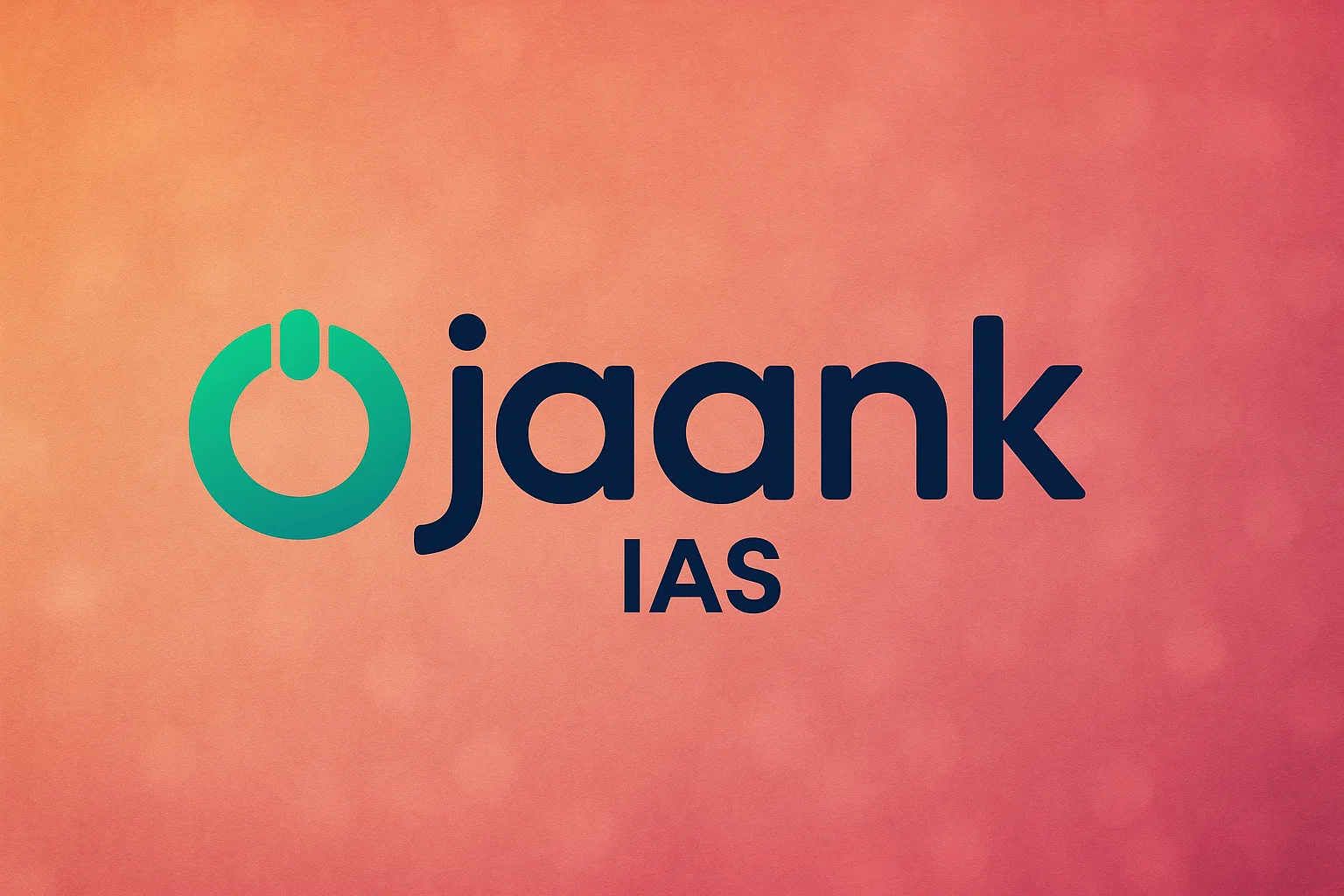Explain various types of revolutions, took place in Agriculture after independence in India. How these revolutions have helped in poverty alleviation and food security in India?

Explaining various revolutions in agriculture and its impact on poverty alleviation and food security in post-independent India requires understanding that agriculture is closely linked with land reforms and allied sectors like animal husbandry.
Explaining various revolutions:
Land reforms and tenancy reforms had taken place immediately after the independence. But these reforms were insufficient to improve the situation of food security. These reforms also failed to alleviate poverty. Hence, the 1st revolution – revolution in agriculture was launched. It was:
GREEN REVOLUTION was based on assured irrigation, chemical fertiliser and high yielding variety seeds. This gave a boost to agricultural production, and farm income, especially in Punjab, Haryana and Western UP shot up. Now there is a focus on Second Green Revolution and Evergreen Revolution for sustainable and organic agriculture.
Various other Revolutions in allied sectors:
1. White Revolution and Operation Flood which contributed to food security and poverty alleviation very effectively. Amul, Mother Dairy, Sanchi, Sudha and many more cooperatives are based on it.
2. Blue Revolution in fisheries which is especially important for coastal India.
3. Pink Revolution in meat and poultry.
How these revolutions helped in poverty alleviation:
These revolutions increased food production immensely. Thereby, farmers could sell in market and 70-80% of India population still dependent on agriculture for their livelihood, benefited from them.
The increased agro-productions opened many avenues. Agricultural products were exported. It gave boost to commercialization of agro-products which generated profits. Many agro-based industries were set up. Subsequently high level of farmers’ income created demand and market for industrial consumer goods also.
Impact of these revolutions could be assessed with the help of data of BPLs and poverty. Although there is no unanimity on the BPL data by different assessments but still it can be judiciously used. India, full of destitutes just after the Independence, saw about 40% of its population living below poverty line during 1990. Now, India has 21.9% of population living below poverty line, as per the Suresh Tendulakar’s estimates. Rangrajan Committee, World Bank and many other studies also suggest BPL population of India somewhere between 21-55%. So, these revolutions were very helpful in poverty alleviation.
How these revolutions helped in food security
There were days when India was looking for foreign assistance even for basic needs of food. PL-480 programme was a stark example of above.
But today, India produces record level of foodgrains at more than 270 mm tones. India occupies top places in many food products like milk, mango, banana, egg, fish and rice. All the revolutions have contributed directly to this development.
Now India doesn’t depend on anyone for her food security. But for poverty alleviation, there is a need for another round of revolution in food processing and organic farming.
-1753179287671.png)